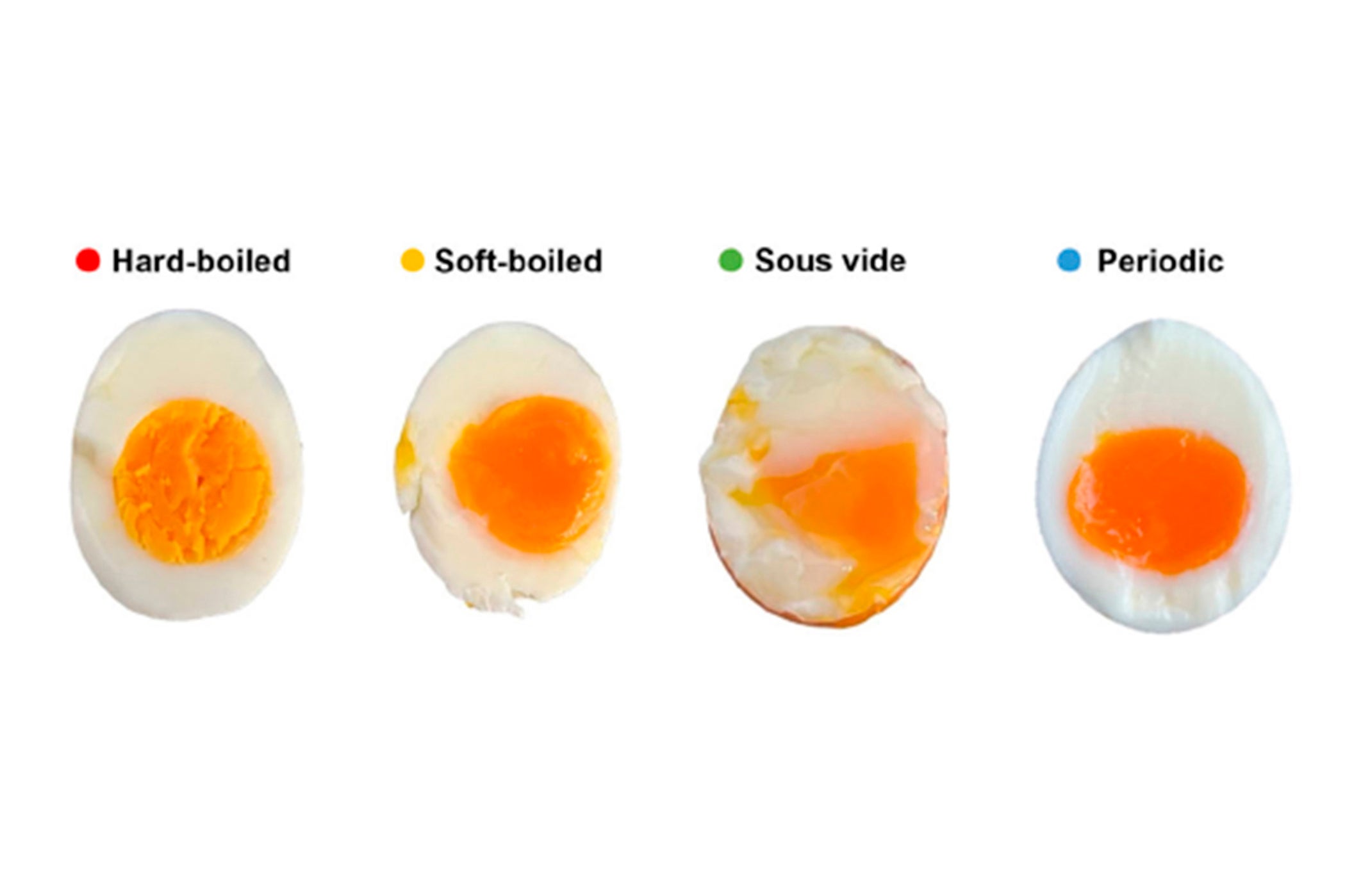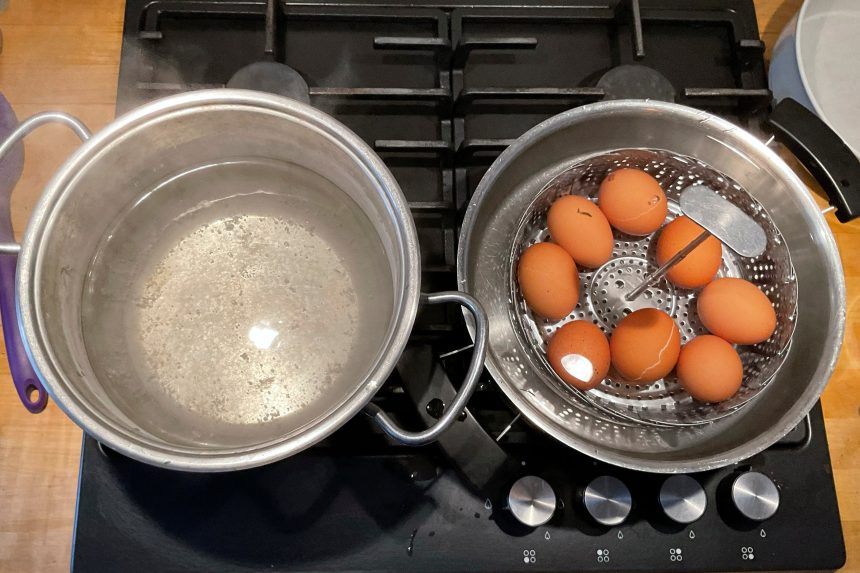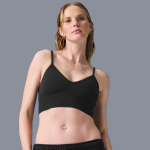Your support helps us to tell the story
From reproductive rights to climate change to Big Tech, The Independent is on the ground when the story is developing. Whether it’s investigating the financials of Elon Musk’s pro-Trump PAC or producing our latest documentary, ‘The A Word’, which shines a light on the American women fighting for reproductive rights, we know how important it is to parse out the facts from the messaging.
At such a critical moment in US history, we need reporters on the ground. Your donation allows us to keep sending journalists to speak to both sides of the story.
The Independent is trusted by Americans across the entire political spectrum. And unlike many other quality news outlets, we choose not to lock Americans out of our reporting and analysis with paywalls. We believe quality journalism should be available to everyone, paid for by those who can afford it.
Your support makes all the difference.
As egg prices soar in the United States due to the bird flu outbreak, many are contemplating how to make the most of their yolks.
Luckily for those people, scientists say they have unlocked the secret to the perfect boiled egg — meaning fewer undercooked whites and less wastage.
But this is no quick affair. Instead, the eggheads’ method involves two pots, a steamer basket and a total cooking time of 32 minutes.
The Italian researchers said the perfect boiled egg had a velvety yolk paired with a soft, yet solid white.
But achieving that balance could be a challenge because the yolk cooked at a lower temperature than the white. Hard boiling an egg could yield a chalky yolk, while cooking low and slow could produce jelly-like, undercooked whites.
Researchers cooked hundreds of eggs and used math to tackle the runny conundrum. One equation dealt with how heat travels between a hot surface and an egg; another captured how the egg’s contents morph from liquid to solid with a gel-like state in between.
Their final recipe involved transferring eggs in a steamer basket every two minutes between two bowls of water — one boiling and the other lukewarm at 30 degrees Celsius — for a total of 32 minutes before cooling under running water and peeling.
“You could definitely do this at home with half a dozen eggs or so,” said Gregory Weiss, a chemist at the University of California, Irvine, who was not involved with the research.
In the method proposed by the researchers, dubbed periodic cooking, the egg whites heated and cooled until fully set. The yolk, on the other hand, held firm at a constant temperature and cooked until creamy.
“You can almost spread it, like on bread,” said study author Emilia Di Lorenzo from the University of Naples Federico II.

To confirm they had cooked up something new, the researchers tested the chemical makeup of the prepared eggs and served them to a panel of eight tasters alongside traditional boiled eggs.
The research was published on Thursday in the journal Communications Engineering.
This new technique could mean more time in the kitchen compared to a standard hard-boiled egg, said food scientist Joanne Slavin from the University of Minnesota. But the blend of textures on the tongue could be worth the extra time.
“This is a slower process to get a better outcome,” said Slavin, who had no role in the study.







